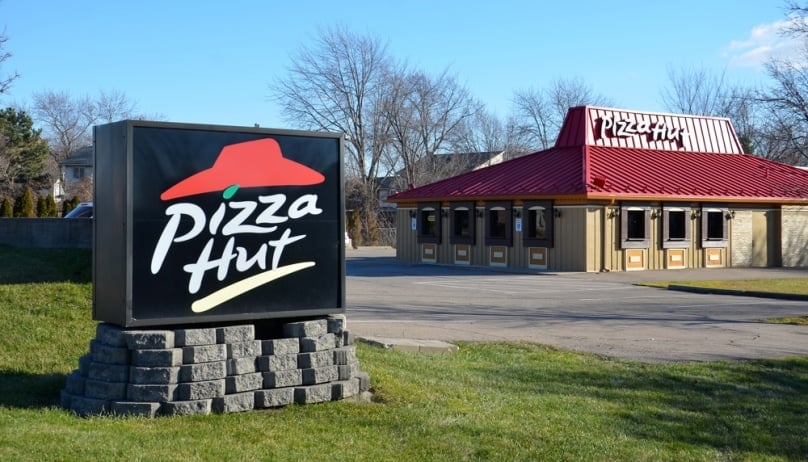
Several years ago a remarkable proposal was developed in the US: a 100-year-old Catholic church was to be moved, stone by stone, 1450km from Buffalo, New York, to a suburb of Atlanta, Georgia. The diocese in which the church stood had been looking for a good use for the beautiful limestone St Gerard’s, built in 1911 and modelled after the Basilica of St Paul’s Outside the Walls in Rome.
But the numbers of Catholics living in St Gerard’s surrounds had dwindled to the point where a parish was no longer viable. If the diocese had merely sold the church to local interests, it transpired, leading bidders would have been local restaurateurs or nightclub owners.
“Why should a church become a restaurant, or a nightclub?” asked St Gerard’s former parish priest at the time. “Let’s re-use it for its intention. It’s a holy place. A sacred place.”
At the same time, the parish priest of Mary Our Queen, a parish in the small Georgia city of Norcross, was looking to build a new church that would look like an old one.
“I don’t mean to offend the people who build those [modern] churches,” Fr David Dye was reported as saying, “but some of them look like Pizza Huts.”
The proposal to relocate St Gerard’s did not, in the end, come off. Yet both priests involved were making a lot of sense. Of course, there is really nothing that says a former church can’t be used for profane purposes after its life as a church has ended, but both priests were commenting on a much deeper issue.
One thing that is often lost in the debate on the significance of church architecture is not the effect it has on the lives and attitudes to worship of the faithful but the extent to which architecture should beckon to the lives of those who have no faith or are not sure whether any such thing as faith is real or significant.
In other words, an important function of excellence in church architecture is the effect that it has not only on those who will use it but on those who walk past parish grounds without necessarily being prepared (as yet) to step inside. Great, beautiful and excellent church architecture has a social dimension, too.
Far too much church architecture in recent decades seems to mimic the brutalism of city skylines and the emptiness of the marketplace they represent, or the purely utilitarian blandness of local shopping centres and urban commerce strips. Architecturally, they are as impressive as cardboard.
People of faith or none at all instantly recognise dull buildings that represent nothing much more than a contemporary currency – here today, gone tomorrow.
The same principles would not be tolerated for a moment in planning a marriage or commissioning a portrait for posterity and yet mediocrity embedded in formal processes seems to have become cemented into our architecture. There seems to be a tremendous absence of vision in relation to designing and building churches.
We do not, as a Church, seem any longer to be able to think creatively or laterally and, at the same time to maintain an organic link with the informing traditions of our past which express our history (history is remembering and therefore acknowledgement). Many of our churches are no longer the sorts of structure that beckon or invite, homes to which one can turn as places of silent spiritual refuge or renewal.
Embracing the zeitgeist has been a big mistake.
This is why parishes convinced they have a vision which speaks to the souls of contemporary men and women as they plan new churches should make it clear they are prepared, if necessary, to resist suffocating diocesan committees which appear to wield all the power and none of the taste.
They should even feel free to consider mounting canon law cases and appealling to such things as the principle of Subsidiarity as part of their justification.
We should not settle for nightclubs.
If, as our American priest friend said, some modern churches look like Pizza Huts, then is it any wonder that many behave as though that is what they are?
